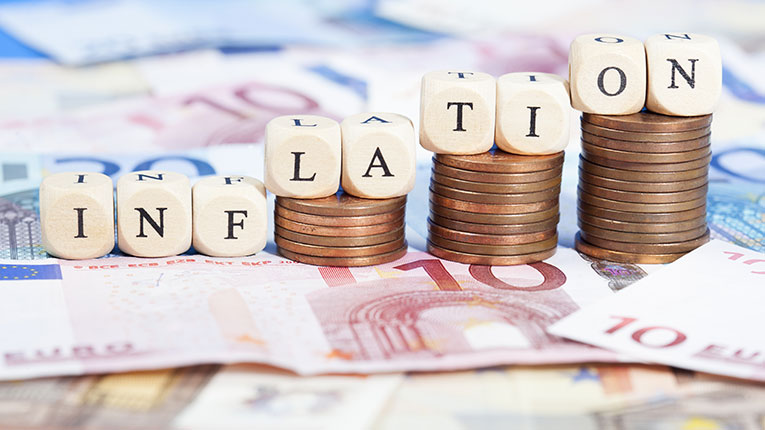The annual inflation rate in the European Union decreased slightly in April to 8.1%, from 8.3% in March, while in Romania it decreased from 12.2% to 10.4% , shows the data published on Wednesday by Eurostat.
In April, the EU member countries with the highest inflation rates were Hungary (24.5%), Latvia (15%) and the Czech Republic (14.3%). At the opposite pole, the EU member countries with the lowest annual inflation rates were Luxembourg (2.7%), Belgium (3.3%) and Spain (3.8%).
Compared to March 2022, the annual inflation rate decreased in 22 member states, including Romania, and increased in five countries, according to Agerpres.
On the other hand, Eurostat data show that in the euro area, the annual inflation rate increased slightly from 6.9% in March to 7% in April. This although core inflation, i.e. what remains after the prices of volatile goods such as energy and foods are removed, fell to 7.3%, from 7.5%. Another indicator that, in addition to energy and food prices, also excludes cigarette and alcohol prices, also fell to 5.6%, from 5.7% in March.
Core inflation is the indicator closely followed by the ECB when elaborating its monetary policy decisions. For almost two years, this indicator has been above the ECB’s target of 2%, even though the euro’s guardians increased the cost of credit by 375 basis points starting in July last year to stop the accelerated rise in prices. The ECB’s main concern is that services inflation, which in the case of the euro area accelerated to 5.2% from 5.1% in March, is far too high and could signal that wages are becoming an important issue as service prices are mainly determined by labor costs.
